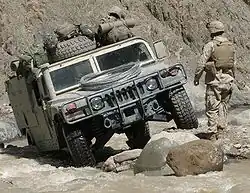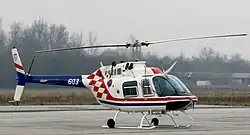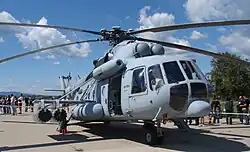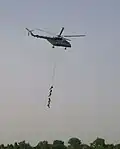| Special Operations Battalion |
|---|
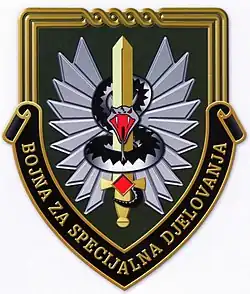 Emblem of Special Operations Battalion |
| Active | September 8, 2000 – December 24, 2014 |
|---|
| Country | Croatia |
|---|
| Branch | General staff unit |
|---|
| Type | Special forces |
|---|
| Size | Battalion (5 companies) |
|---|
| Garrison/HQ | Drgomalj Delnice |
|---|
| Nickname(s) | Green berets,Cobras |
|---|
| Motto(s) | Svi su pozvani, rijetki su odabrani (All are invited, few are chosen) |
|---|
| Colors | green |
|---|
| Anniversaries | 8 September |
|---|
| Engagements |
|
|---|
| Decorations | Order of Ban Jelačić |
|---|
|
Current
commander | Lieutenant Colonel Perica Turalija |
|---|
The Special Operations Battalion (Croatian: Bojna za specijalna djelovanja),[1] or popularly known as BSD, is a former Croatian special forces unit.
BSD operators can be recognized by their green berets with unit badges over the right eye. Their symbol is a snake, so they are sometimes referred as "Cobras" although their insignia shows a Horned viper which is the most dangerous snake to be found in Croatia and in mainland Europe.
History
BSD was founded on 8 September 2000 when the Special Combat Skills Center from Šepurine and the 1st Croatian Guards Brigade (Croatian: 1. hrvatski gardijski zdrug, a component of the 1st Croatian Guards Corps) were amalgamated.[2]
It ceased to exist in 2014, when it was transformed into the Special Operations Command under the "Long-Term Development Plan of the Croatian Armed Forces".[3]
Main tasks
The Battalion was focused on air assault and airborne as well as special operations behind enemy lines with insertion from sea, air, and land. However, unlike most special forces in the world, the Battalion is also trained in non-combat search and rescue of civilians and providing aid as well as dealing with natural disasters. The unit was equipped with the most sophisticated weapons and equipment available, and trained to undertake the full range of special operations missions and even the dangerous mid-air, aircraft-to-aircraft operations.
Personnel were trained for:
- Amphibious reconnaissance to prepare for amphibious warfare operations.
- Clandestine and covert operations.
- Close-quarters battle and close-quarters combat.
- Combat special operations on sea, air, and land on all types of terrains and all weather conditions.
- Combat search and rescue and casualty evacuation.
- Deep battlefield infiltration by sea, air, and land.
- Gathering field military intelligence.
- Hostage rescue on all types of terrains and all weather conditions.
- Humanitarian and peacekeeping operations.
- Irregular warfare behind enemy lines.
- Maritime counterterrorism.
- Maritime interdiction operations.
- Psychological warfare operations.
- Providing security in areas at risk of attack or terrorism.
- Rapid reaction to military emergencies as a rapid reaction force.
- Search and rescue for victims of natural disasters.
- Special reconnaissance in difficult to access and dangerous areas.
- Support emergency management.
- Underwater demolition.
- Urban counterterrorism.
- VIPs protection.
The Croatian General Staff exercised direct command over the battalion which thus elevated the unit to strategic level for quicker response time and overall better and faster deployment on both tactical and strategic levels. Also, this meant that members of all three branches of the Croatian armed forces could apply for selection. In 2008, two women successfully completed selection and training, earning their green berets and making the BSD one of the few special forces units in the world that have women among their ranks as combat qualified operators and not just support staff.
Structure of BSD
The BSD was composed of one command section and five companies, each specialized for a different variety of missions:
- Command Section - responsible for command, control and communications, intelligence, logistics, medical personnel, supplies, and transport
- 1st Special Operations Company - specialized for air assault and airborne (including pathfinder) operations in the event of an emergency requiring military force as a rapid reaction force (RRF)
- 2nd Special Operations Company - specialized for clandestine operations, combat search and rescue, counterinsurgency, direct action, irregular warfare, jungle warfare, long-range penetration, mountain rescue, mountain warfare, and special reconnaissance.
- 3rd Special Operations Company - specialized for amphibious reconnaissance, amphibious warfare, clandestine operations, direct action, long-range penetration, maritime counterterrorism, maritime search and rescue, naval boarding, naval special warfare, special reconnaissance, underwater demolition, and VIPs protection.
- 4th Special Operations Company - specialized for clandestine operations, direct action, hostage rescue, irregular warfare, long-range penetration, special reconnaissance, urban counterterrorism and urban warfare, urban rescue, and VIPs protection.
- Fire Support Company - specialized for counter-sniper/sniper and mortar training and fire support with snipers to other four BSD companies.
Equipment
Weapons
| Model |
Image |
Caliber |
Origin |
Variants
|
| HS2000 |
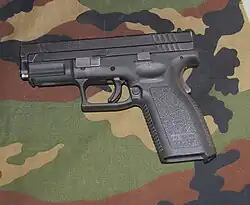 |
9×19mm |
 Croatia Croatia |
XD9 and XD45
|
| Model |
Image |
Caliber |
Origin |
Note
|
| M57 |
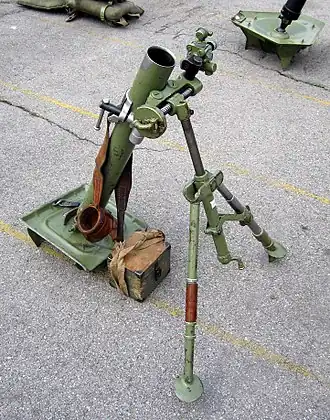 |
60mm Mortar |
.svg.png) Yugoslavia Yugoslavia |
Mortar underwent modification to meet NATO requirements
|
Vessels
International engagements
BSD members have been deployed on several peacekeeping operations and missions in the world. BSD was engaged in EUFOR Tchad/RCA, ISAF within ISAF SOF TF-50 detached from Polish Jednostka Wojskowa Komandosów.
Gallery
References
|
|---|
|
| Leadership | |
|---|
| Organization | | Branches | |
|---|
| Commands | |
|---|
| Land Forces | |
|---|
| Naval Forces | |
|---|
|
|---|
| Military history | |
|---|
| Uniforms and Insignia | |
|---|
|
|---|
|
|
|
|
|---|
| Activities | |
|---|
| Competitions | |
|---|
| Equipment | |
|---|
| Freedivers | |
|---|
| Hazards | |
|---|
| Historical | |
|---|
| Organisations | |
|---|
|
|
|
|
|
|
|---|
Diving
disorders | Pressure
related | | Oxygen | |
|---|
| Inert gases | |
|---|
| Carbon dioxide | |
|---|
Breathing gas
contaminants | |
|---|
|
|---|
Immersion
related | |
|---|
|
|---|
| Treatment | |
|---|
| Personnel | |
|---|
| Screening | |
|---|
| Research | |
|---|
|
|
|
|
|---|
Archeological
sites | |
|---|
Underwater art
and artists | |
|---|
Engineers
and inventors | |
|---|
Historical
equipment |
|
|---|
Military and
covert operations | |
|---|
| Scientific projects | |
|---|
| Awards and events | |
|---|
| Incidents | |
|---|
|
|
Publications |
|---|
| Manuals | |
|---|
Standards and
Codes of Practice | |
|---|
| General non-fiction | |
|---|
| Research | |
|---|
| Dive guides | |
|---|
|
|
Training and registration |
|---|
|
|
|
|---|
| Surface snorkeling | |
|---|
| Snorkeling/breath-hold | |
|---|
| Breath-hold | |
|---|
| Open Circuit Scuba | |
|---|
| Rebreather | |
|---|
Sports governing
organisations
and federations | |
|---|
| Competitions | |
|---|
|
|
|
|---|
Pioneers
of diving | |
|---|
Underwater
scientists
archaeologists and
environmentalists | |
|---|
Scuba record
holders | |
|---|
Underwater
filmmakers
and presenters | |
|---|
Underwater
photographers | |
|---|
Underwater
explorers | |
|---|
| Aquanauts | |
|---|
| Writers and journalists | |
|---|
| Rescuers | |
|---|
| Frogmen | |
|---|
| Commercial salvors | |
|---|
|
|
|
|
|


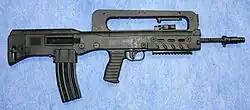

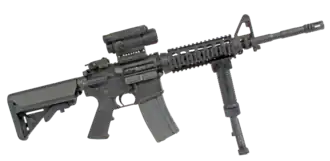
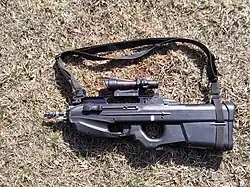
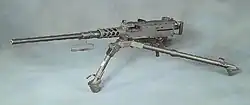
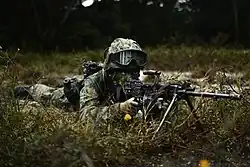


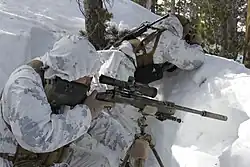
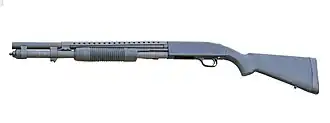
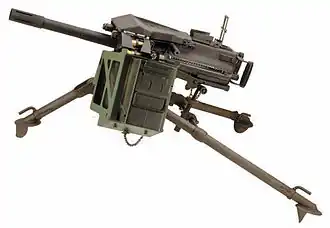
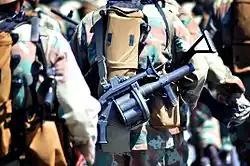
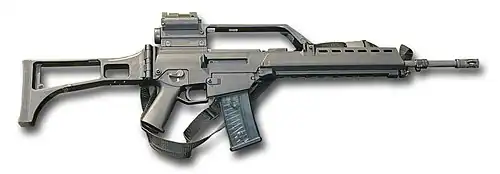

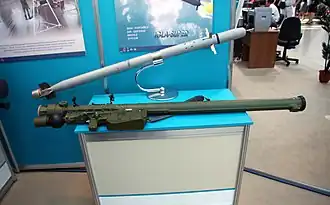
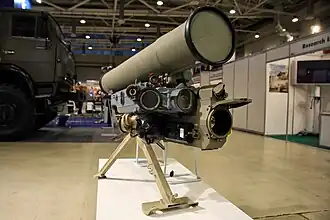

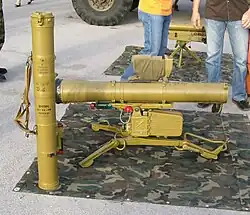
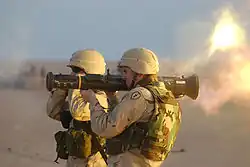
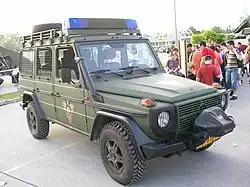
.jpg)

